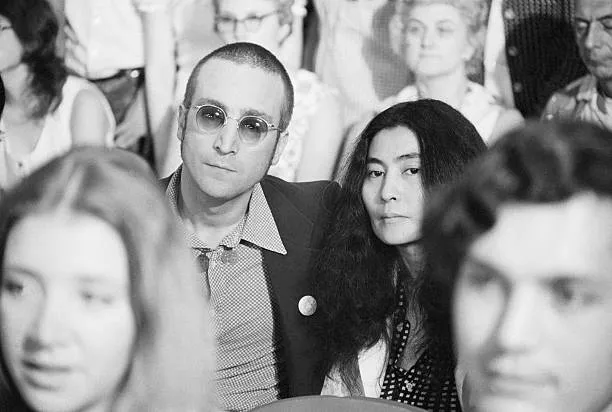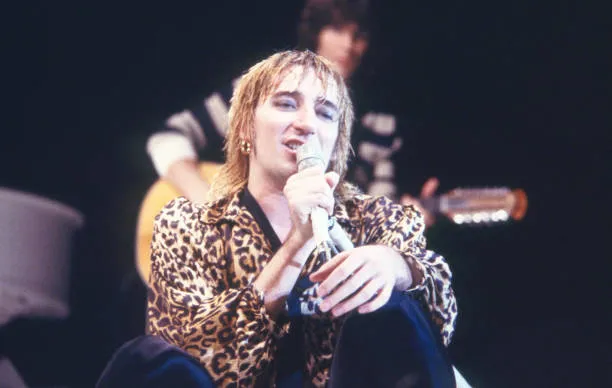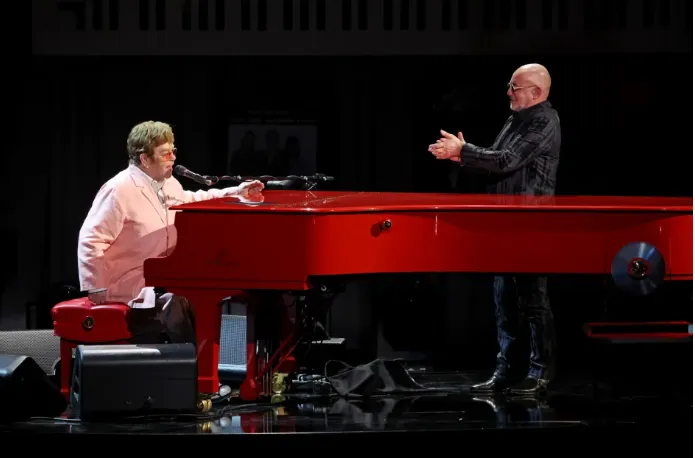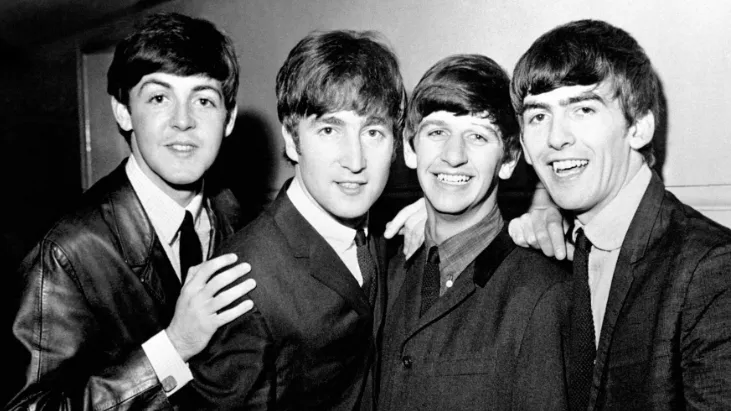While John Lennon is primarily known for his groundbreaking music, his talents extended beyond the auditory realm into the visual arts. Throughout his life, Lennon maintained a passion for drawing and visual expression that complemented his musical career.
Early Artistic Endeavors:

Lennon's interest in visual arts began in his youth. He attended the Liverpool College of Art from 1957 to 1960, where he studied drawing and lettering. Although he was often described as a rebellious student, this period laid the foundation for his lifelong engagement with visual art.
Style and Technique:
Lennon's artistic style was characterized by its simplicity and wit. He favored quick, gestural line drawings that captured the essence of his subjects with minimal detail. His artwork often featured caricatures, surrealistic imagery, and playful wordplay, reflecting the same creativity and humor evident in his lyrics.
Published Works:

In 1964, Lennon published his first book, "In His Own Write," a collection of short stories and poems accompanied by his illustrations. This was followed by "A Spaniard in the Works" in 1965. Both books showcased Lennon's whimsical prose and distinctive drawing style, earning critical acclaim for their originality and humor.
Exhibitions and Later Work:
In the 1970s, Lennon began to take his visual art more seriously. He held his first solo exhibition, "You Are Here," at the Robert Fraser Gallery in London in 1968. Later, he and Yoko Ono collaborated on several art projects and exhibitions.
Erotic Lithographs:

One of Lennon's most notable visual art projects was a series of erotic lithographs he created in 1970, titled "Bag One." The collection, which depicted intimate moments between him and Yoko, was controversial at the time and led to a police raid on the exhibition in London.
Album Artwork:
Lennon's artistic talents also found their way onto album covers. He designed the cover for the Beatles' "Revolver" album, although his concept was ultimately simplified by others. He also created the artwork for his own albums, including the iconic self-portrait on the cover of "Imagine."
Significance of His Art:
For Lennon, visual art was more than just a hobby. It was an important form of self-expression that allowed him to communicate ideas and emotions in a different medium. His drawings often complemented his music, providing another dimension to his artistic vision.
Legacy as a Visual Artist:

After Lennon's death, Yoko Ono has worked to promote his visual art. Exhibitions of his work have been held around the world, introducing new generations to this lesser-known aspect of Lennon's creativity.
Influence on Pop Art: Lennon's simple yet evocative style has been compared to that of contemporaneous pop artists. His blend of text and image, as well as his use of everyday subjects, aligned with the pop art movement of the 1960s.
Conclusion:
John Lennon's work as a visual artist provides a fascinating complement to his musical legacy. His drawings and illustrations offer insight into his creative process, humor, and worldview. While he may be best remembered for his music, Lennon's visual art represents an important facet of his artistic expression, demonstrating the breadth of his creative talents and his lifelong commitment to art in all its forms.
Lennon's dual legacy as both a musician and visual artist reminds us of the interconnectedness of different forms of creative expression and the multi-faceted nature of artistic genius.



